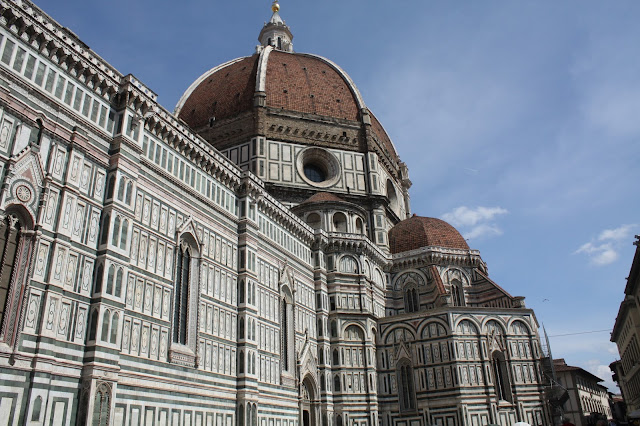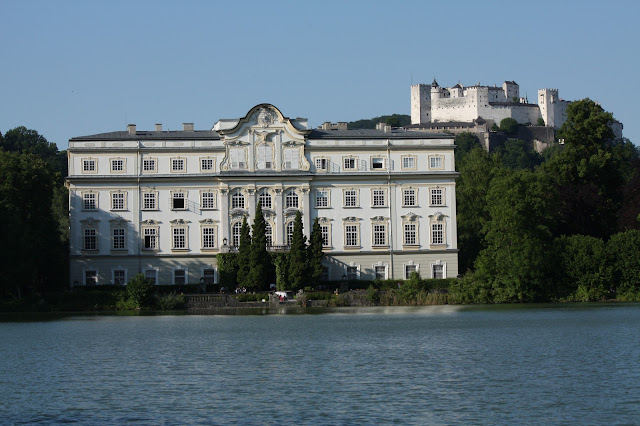I’ve been on a cookie baking kick for the past couple weeks. I want to bake and share the goodies with the husband’s coworkers, for no reason at all. For someone that hates taking food to work, he has been patient about the cookie experiments.
Though I will be the first to write, some cookies haven’t been as successful as others. For instance, I tried theseblack and white cookies. My cookies were cakey and I wasn’t impressed. (A learning experience in this experiment is red food coloring; it is hard to find the “typical coloring” here in Nurnberg. I’ve bought from multiple shops and the bright, Christmasy hue of red that is expected isn’t there.
However I am happy to say this one is a keeper. Some of my friends and adamant blog followers (all 2 of you) will recognize this cookie as the Alfajores (best known from Spain and South American cultures). But there are some differences in the recipe; I did not use dulce de leche as the filler and no eggs in the cookie dough. They look like Alfajores but I call mine Hazelnut & Caramel cookies. And they are perfect for Christmas. Bake few and share some, your spouse’s coworkers will thank you.
Hazelnut & Caramel Cookies
Makes 24
220 grams or 1 3/4 cups all purpose flour
80 grams or 1/2 cup ground hazelnut flour
60 grams or 1/3 cup brown sugar
210 grams or 1 1/2 sticks unsalted butter, diced
Preheat oven to 350°F or 180°C
Put hazelnuts on a cookie sheet with parchment paper and place in the preheated oven. Toast for about 10 minutes, stirring halfway. Be careful not to burn them.
Remove from oven and let cool. Once cool, grind nuts in a food processor for about 20 seconds.
In the same processor, combine ground nuts, flour, and brown sugar. Add butter and process until mixture just starts to form dough. As the dough forms into a ball in the processor, it will move away from the edge. Remove from the processor and form into a cohesive round ball.
Wrap the dough in plastic wrap and place in the fridge for 30 minutes. Remove dough from the fridge and let it come to room temperature for 5 minutes.
Sprinkle a little flour on the counter surface. Flatten the dough and using a rolling pin roll to 1/4” thick round. With a round cookie cutter, cut out the shape and place the cookies on a baking sheet lined with parchment paper. If there is leftover dough from the cutouts, re-roll the dough into 1/4" and cut more rounds. Place the pan with the cut-out cookies in the fridge for 20- 30 minutes. (The re-refrigerating helps the cookies keep their shape. )
Bake for 10-12 minutes or until lightly golden.
Let the cookies rest in the pan for 2-4 minutes and then carefully place them on a cooling rack.
For caramel sauce, use this recipe from SimplyRecipes; for detail description with photos, be sure to follow her instructions. They are spot-on! I halved the caramel recipe for the cookies.
Place 1 tablespoon of caramel sauce on the bottom side of one cookie. Place another cookie (of approximate same size) on top. Make sure you have two bottoms facing each other when making a cookie sandwich. Finish with the other cookies.
If you’re lucky, you’ll have made an uneven number and can snack on 1 or 3.
Though I will be the first to write, some cookies haven’t been as successful as others. For instance, I tried theseblack and white cookies. My cookies were cakey and I wasn’t impressed. (A learning experience in this experiment is red food coloring; it is hard to find the “typical coloring” here in Nurnberg. I’ve bought from multiple shops and the bright, Christmasy hue of red that is expected isn’t there.
However I am happy to say this one is a keeper. Some of my friends and adamant blog followers (all 2 of you) will recognize this cookie as the Alfajores (best known from Spain and South American cultures). But there are some differences in the recipe; I did not use dulce de leche as the filler and no eggs in the cookie dough. They look like Alfajores but I call mine Hazelnut & Caramel cookies. And they are perfect for Christmas. Bake few and share some, your spouse’s coworkers will thank you.
Hazelnut & Caramel Cookies
Makes 24
220 grams or 1 3/4 cups all purpose flour
80 grams or 1/2 cup ground hazelnut flour
60 grams or 1/3 cup brown sugar
210 grams or 1 1/2 sticks unsalted butter, diced
Preheat oven to 350°F or 180°C
Put hazelnuts on a cookie sheet with parchment paper and place in the preheated oven. Toast for about 10 minutes, stirring halfway. Be careful not to burn them.
Remove from oven and let cool. Once cool, grind nuts in a food processor for about 20 seconds.
In the same processor, combine ground nuts, flour, and brown sugar. Add butter and process until mixture just starts to form dough. As the dough forms into a ball in the processor, it will move away from the edge. Remove from the processor and form into a cohesive round ball.
Wrap the dough in plastic wrap and place in the fridge for 30 minutes. Remove dough from the fridge and let it come to room temperature for 5 minutes.
Sprinkle a little flour on the counter surface. Flatten the dough and using a rolling pin roll to 1/4” thick round. With a round cookie cutter, cut out the shape and place the cookies on a baking sheet lined with parchment paper. If there is leftover dough from the cutouts, re-roll the dough into 1/4" and cut more rounds. Place the pan with the cut-out cookies in the fridge for 20- 30 minutes. (The re-refrigerating helps the cookies keep their shape. )
Bake for 10-12 minutes or until lightly golden.
Let the cookies rest in the pan for 2-4 minutes and then carefully place them on a cooling rack.
For caramel sauce, use this recipe from SimplyRecipes; for detail description with photos, be sure to follow her instructions. They are spot-on! I halved the caramel recipe for the cookies.
Place 1 tablespoon of caramel sauce on the bottom side of one cookie. Place another cookie (of approximate same size) on top. Make sure you have two bottoms facing each other when making a cookie sandwich. Finish with the other cookies.
If you’re lucky, you’ll have made an uneven number and can snack on 1 or 3.




















































